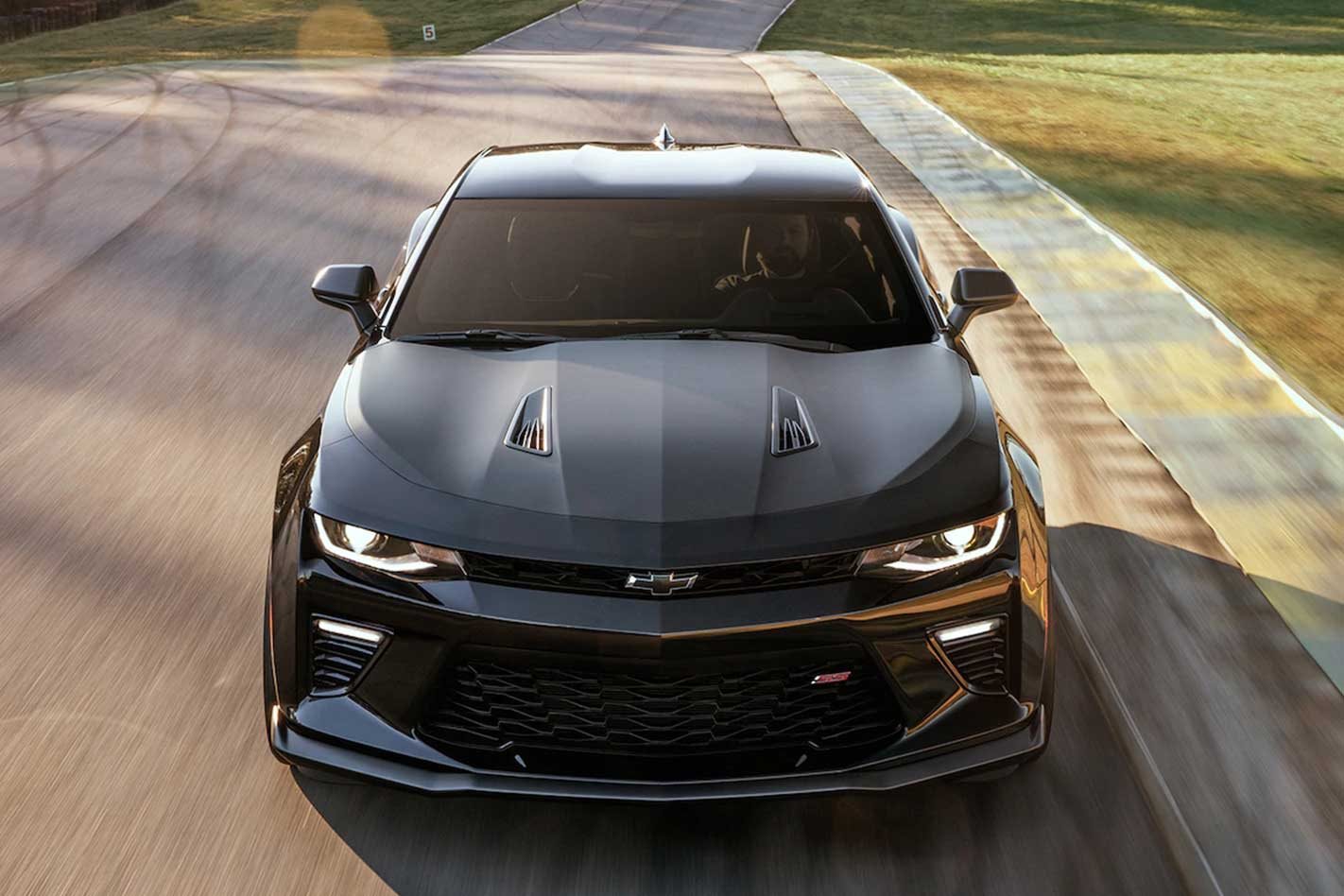As HSV braces to unleash the Chevrolet Camaro here are the vital facts on the V8 rear-driver poised to invade the Ford Mustang’s turf.
Platform
It’s good news the Camaro is based on General Motor’s state-of-the-art Alpha vehicle platform. The front-engine rear-drive architecture debuted in 2013 underneath the Cadillac ATS sedan before making it to the larger CTS sedan in 2014. Both have produced performance sedans lauded by American press.
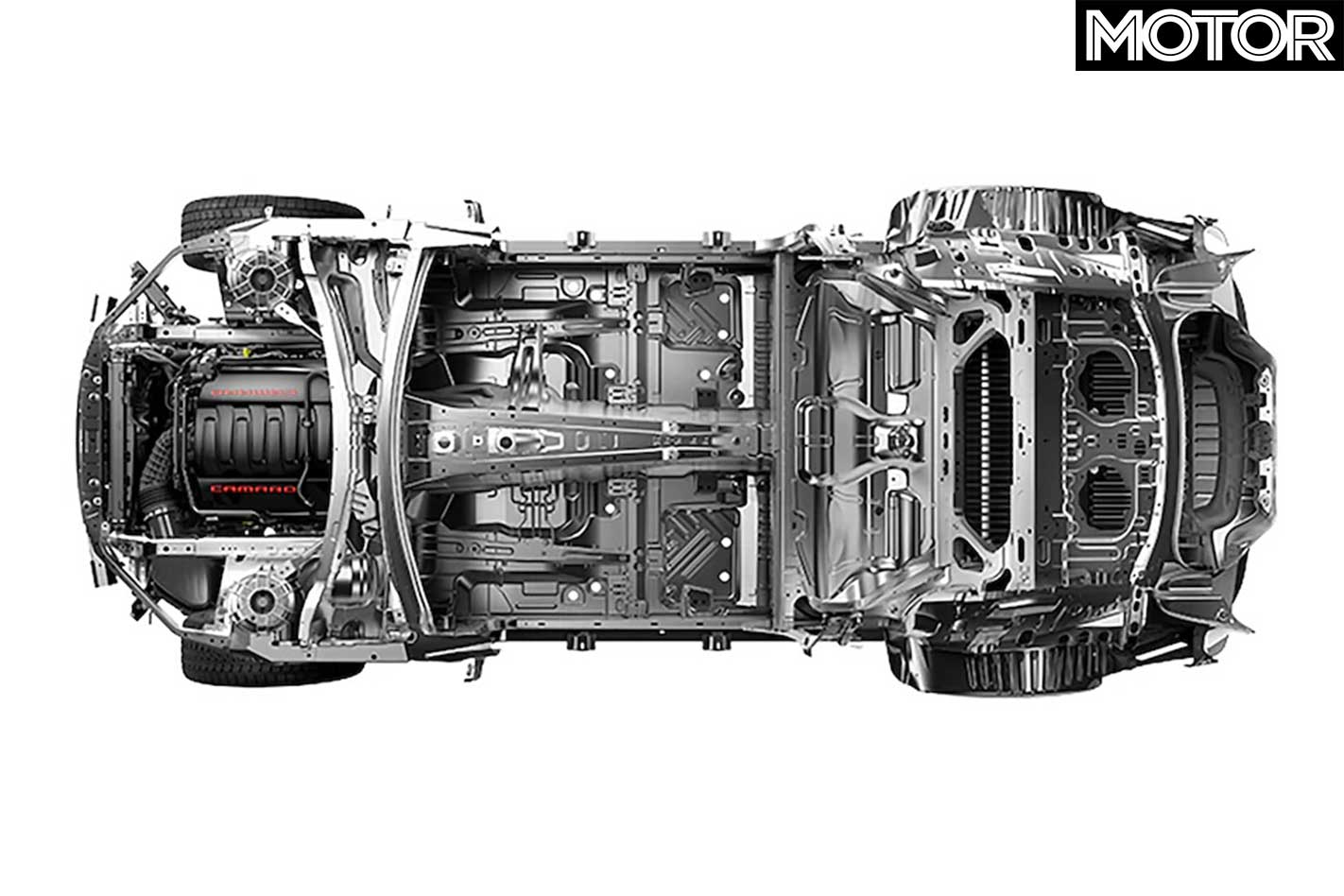
If you’re wondering where the Commodore comes into it, well, it doesn’t. The previous generation Camaro was based on the Zeta platform, developed by Holden for the VE/VF Commodore. But the all-new sixth-generation adopted the Alpha platform in 2016. Chevrolet claims the new chassis is 28 per cent stiffer and helped the V8-powered SS drop 101kg.
Engine
It’s powered by a small block V8 unlike you’ve ever known. The Chevrolet 6.2-litre LT1 shares its basic architecture with the VFII generation Commodore’s LS3 but new technologies make it completely different.
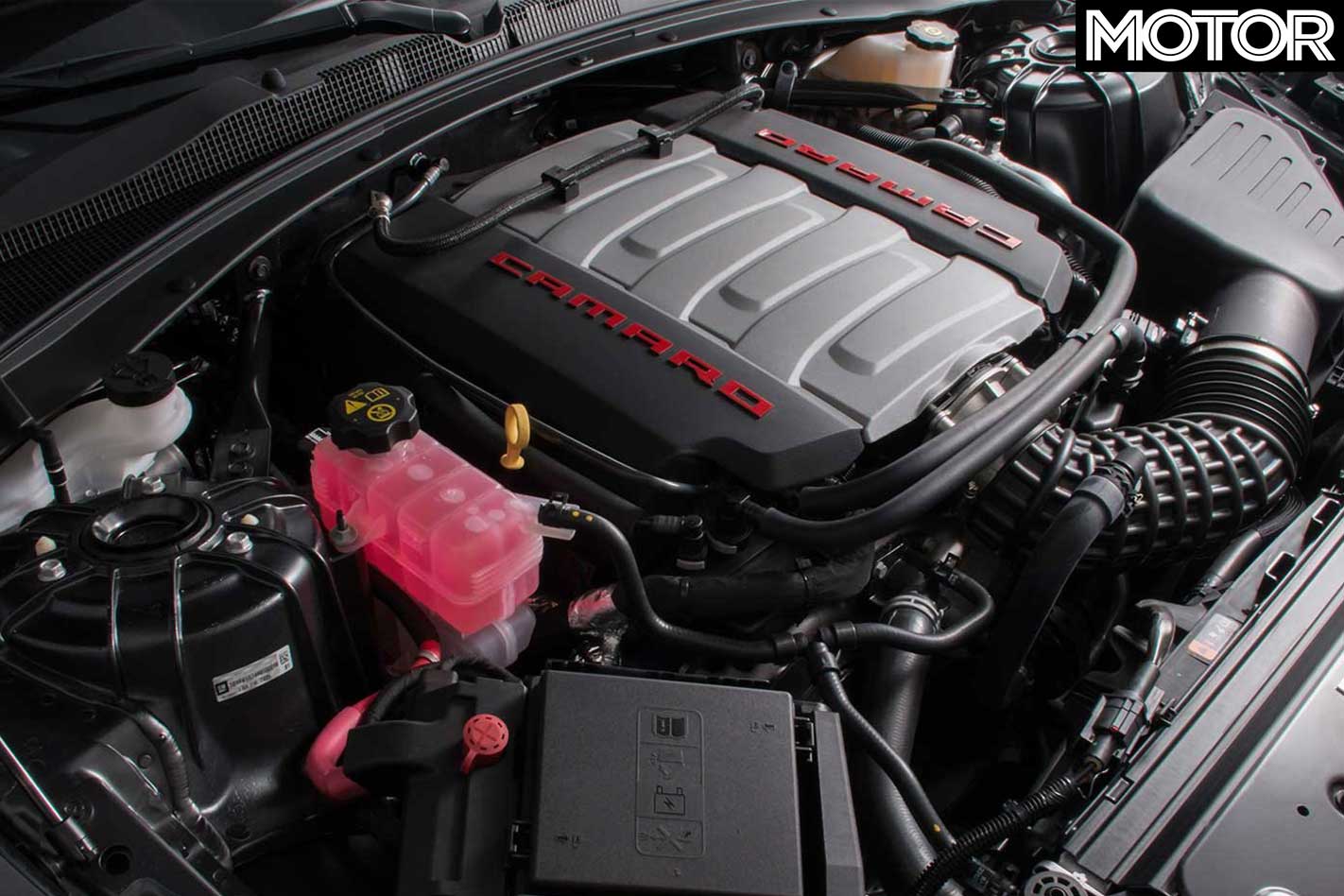
It uses pushrod valves but now employs variable cam timing, direct injection and cylinder deactivation. The cylinder heads and rotating assembly are redesigned, along with the aluminium cylinder block. New pistons help achieve an 11.5:1 compression ratio.
The engine name ‘LT1’ has been around since 1970 but this fifth-generation engine was first bolted into the 2014 Corvette. It makes 339kW and 617Nm in the Camaro SS. It is paired to GM’s 8L45 eight-speed automatic in Australia. It also comes with a Tremec six-speed manual transmission in America.
Specification
Our Camaro is known as a 2SS variant in The States. The SS means it gets a V8. The 2 means it is equipped with premium equipment.
Over a 1SS it scores Bose sound, aluminium door accents, interior mood lighting, eight-way power memory front seats, illuminated sill plates, a heated steering wheel, universal garage remote, wireless phone charging and rear sensors.
Prefer HSV optioned something other than a sunroof and automatic transmission as standard? Bad luck, they’re compulsory. Australian Design Rules only accepts European compliance regulations so HSV chose an Argentinian left-hand drive car because it had the most parts compatible with ADRs. This saved development costs.
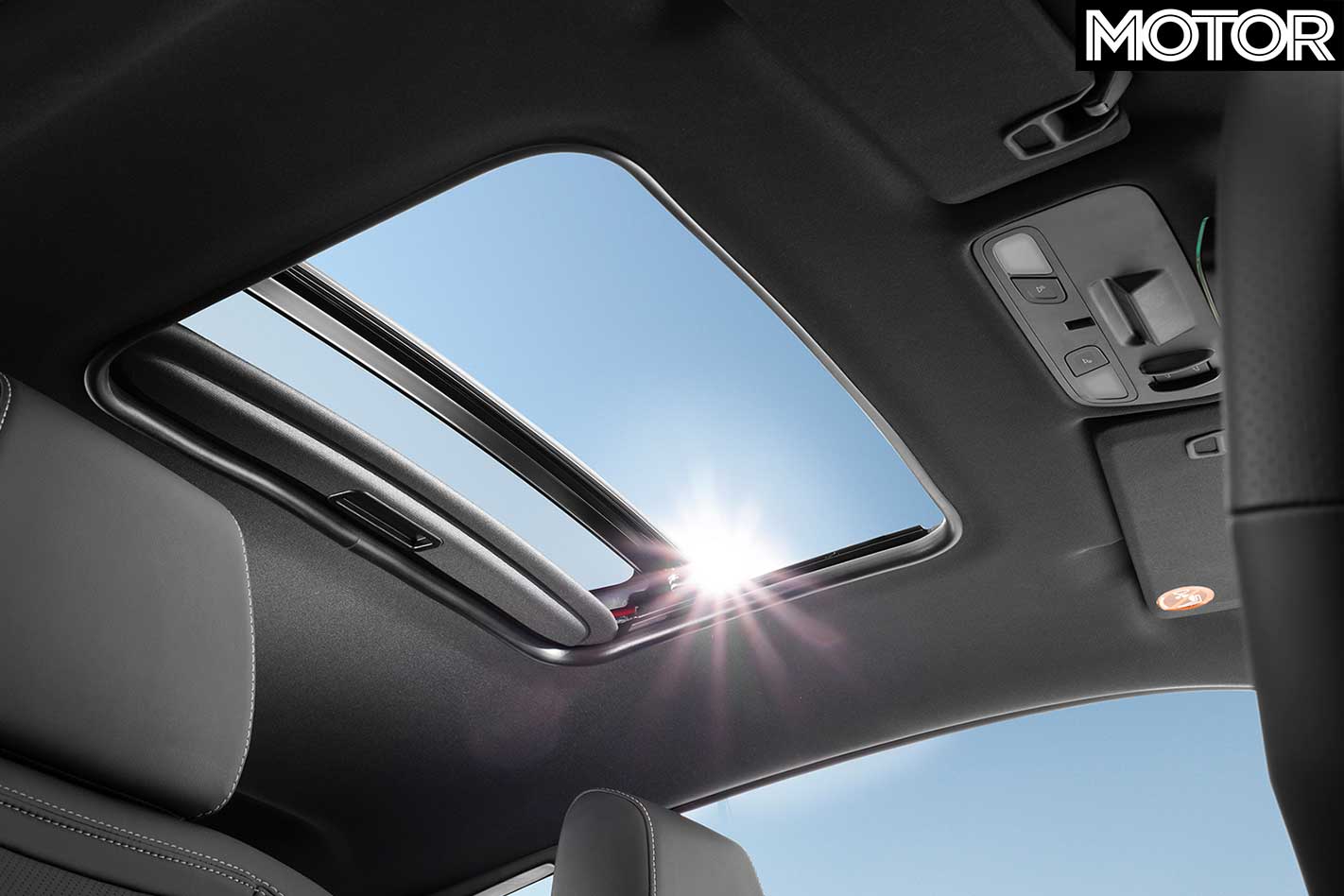
You’d be spoiled for choice of options in America. There you can get dealer fitted six-piston front brakes with slotted rotors and new pads, performance air intakes, lowering kits, strut towers, factory fitted magnetic ride control, ‘performance’ non-1LE suspension.
The American-only 1LE package adds magnetic dampers tuned to FE4 spec, Recaros seats, an ‘electronic’ LSD, wider ‘summer only’ tyres, six-piston Brembos with two-piece front rotors and a unique front splitter and rear-spoiler.
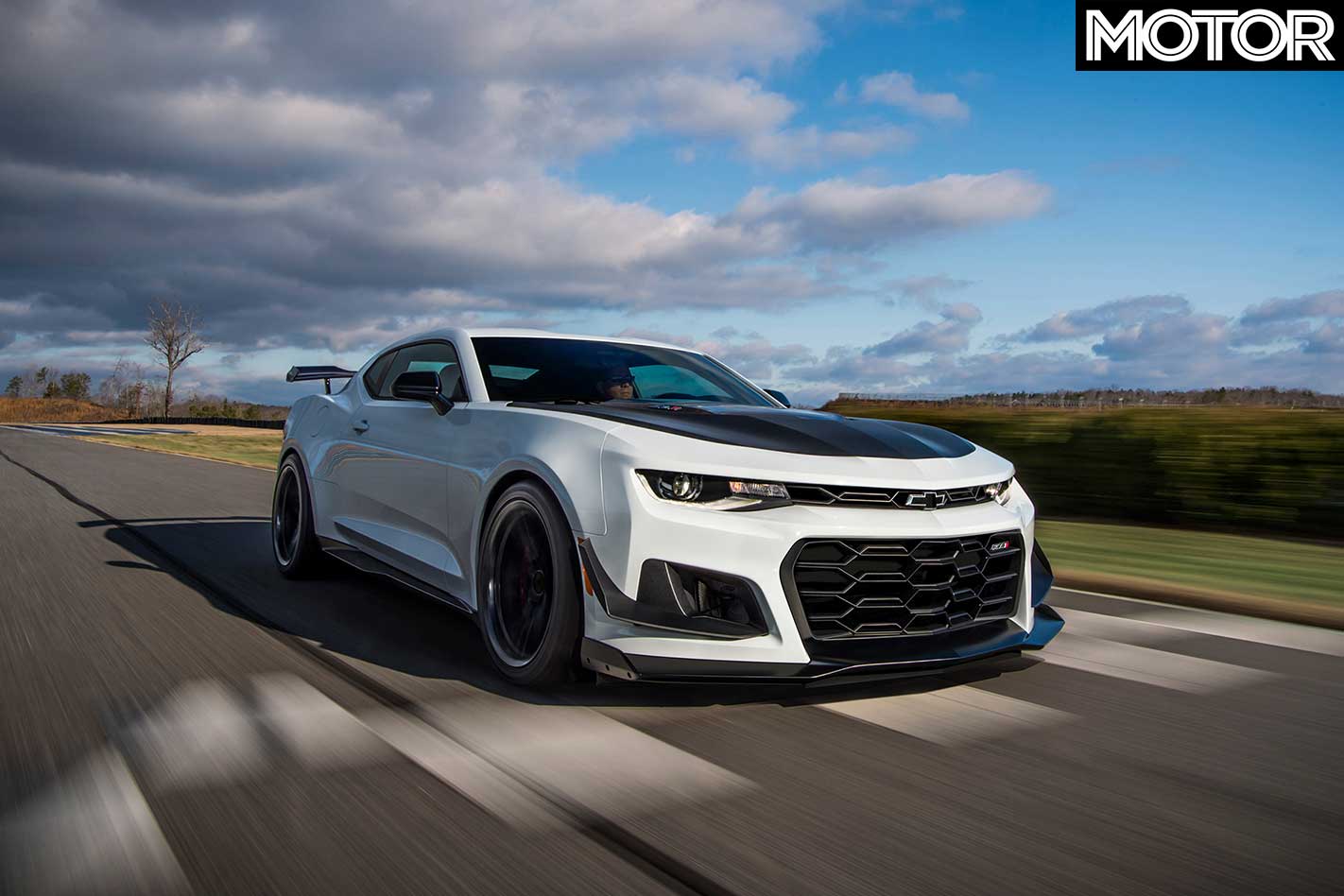
Beyond this, a ZL1 builds upon this with DSSV dampers, angrier aero, even wider tyres and 485kW/881Nm LT4 engine.
Safety
Without radar cruise control on any Camaro, and therefore Auto Emergency Braking, HSV decided against ANCAP testing. Managing director Tim Jackson said the AU$1m cost to do it was another contributor, about one-tenth of the project cost. He is happy with local ADR crash test results.
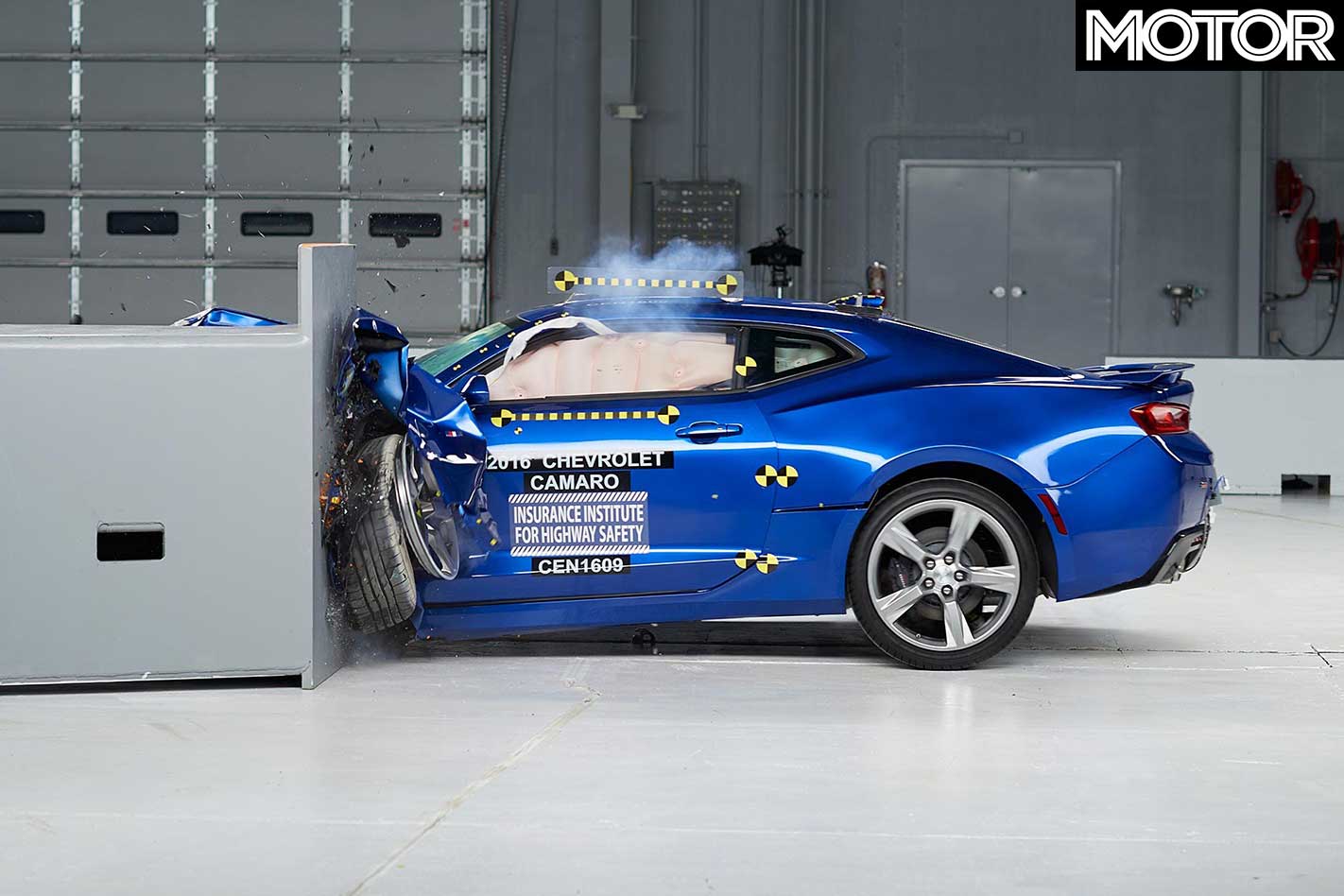
Local manufacturing
It will never match the Falcon or Commodore’s scale of manufacturing, but HSV currently has 51 people producing three to six cars a day. Both figures will increase with demand.
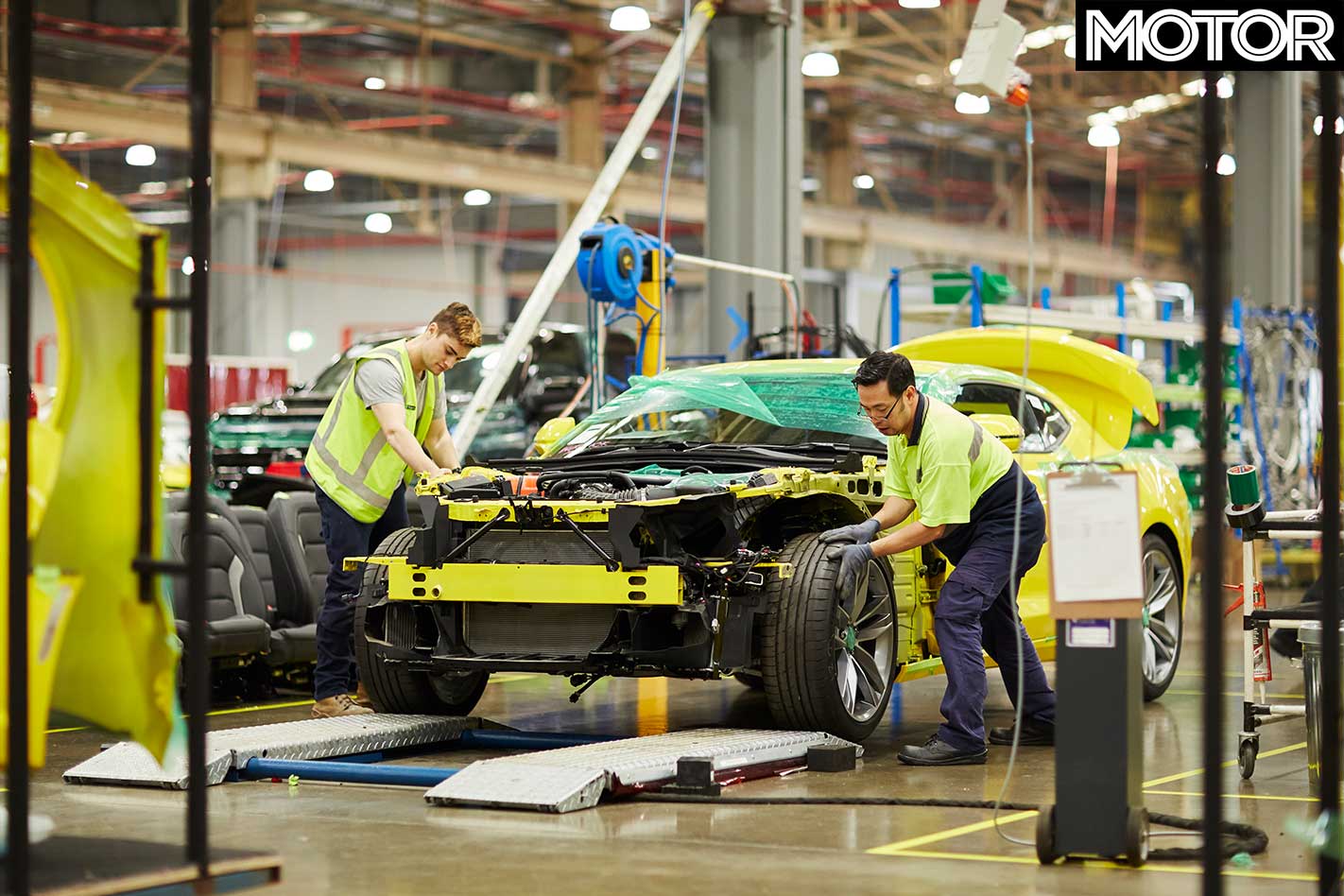
It takes 357 parts to convert one to right-hand drive, almost three times as many needed to transform a Commodore into a HSV. This has retained three quarters of HSV’s local supplier base.
Meanwhile, engineering and development have benefited from new in-house testing rigs for steering, suspension, and seat belt validation.


